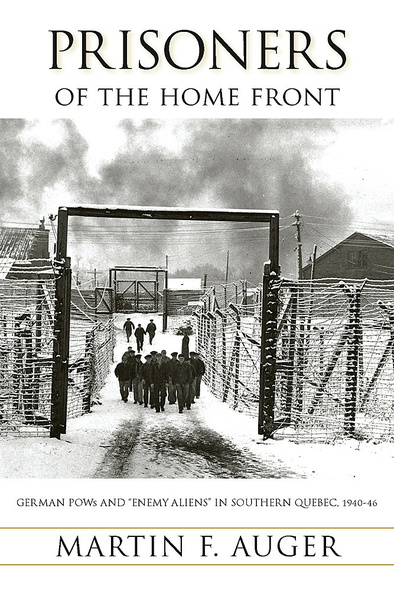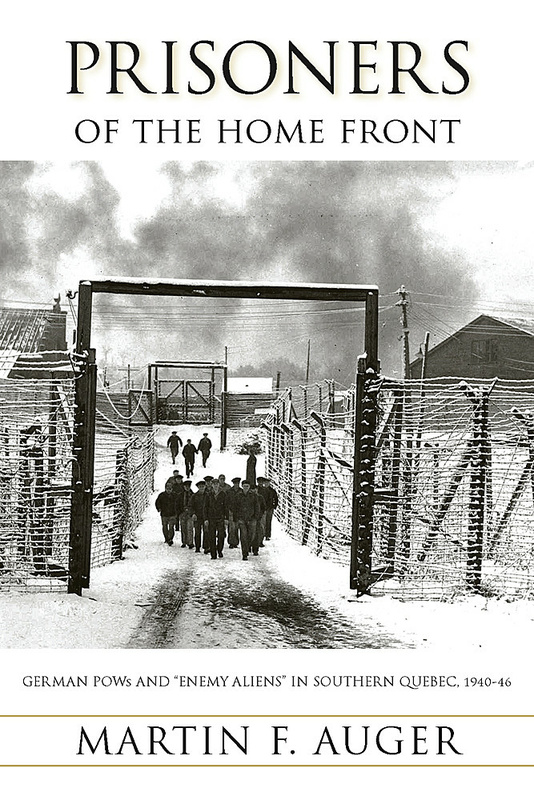
Prisoners of the Home Front
German POWs and "Enemy Aliens" in Southern Quebec, 1940-46
In the middle of the most destructive conflict in human history, almost 40,000 Germans civilians and prisoners of war were detained in internment and work camps across Canada. Five internment camps were located on the southern shores of the St. Lawrence River in the province of Quebec: at Farnham, Grande Ligne, Île-aux-Noix, Sherbrooke, and Sorel.
Prisoners of the Home Front details the organization and day-to-day affairs of these internment camps and reveals the experience of their inmates. Martin Auger shows how internment imposed psychological and physical strain in the form of restricted mobility, sexual deprivation, social alienation, and lack of physical comfort. In response, Canadian authorities introduced labour projects and education programs to uphold morale, thwart internal turmoil, and prevent escapes. These initiatives were also intended to expose prisoners to the values of a democratic society and prepare them for postwar reintegration.
Auger concludes that Canada abided by the Geneva Convention; its treatment of German prisoners was humane. Prisoners of the Home Front sheds light on life behind barbed wire, filling an important void in our knowledge of the Canadian home front during the Second World War.
Auger has written a readable narrative that uses insightful analysis grounded in primary research from a regional perspective. The book is highly recommended for general and specialist readers.
The issue of the labour and re-education camps set up during World War II has been widely addressed over the last sixty years, but few works offer a strictly Canadian point of view, and even fewer focus on Quebec. Thus, Martin F. Auger’s work is most welcome. He describes the living conditions to which prisoners, mostly Germans and Italians, were subjected for several years, and explains the various reasons that drove Canadian authorities to set up such labour camps. … In short, Auger’s work is indispensable for anyone interested in Canada’s national war effort during the Second World War.
The memoir material provides an ideal counterpoint to the basic history gleaned from the government sources, and the author weaves an excellent narrative from the various strands involved. …In his recommendation of this book, my colleague Kent Fedorowich describes it as ‘the benchmark for the future study of Canada’s … history as a captor power during the Second World War’. I would go further and say that in several respects it sets benchmarks for all future regional and local studies of prisoners of war and internees, be they in Canada or elsewhere.
Prisoners on the Home Front sheds some much needed light on an under-represented topic in Second World War historiography. … This book has forged a new path for the study of Canadian internment camps during the Second World War.
Foreword / Jeffrey A. Keshen
Preface
1 A History of Internment
2 Organizing and Developing Southern Quebec's Internment Operation
3 Life behind Barbed Wire
4 Labour Projects
5 Educational Programs
6 Canada’s Internment Experience: A Home Front Victory
Appendix
Notes
Bibliography
Index




